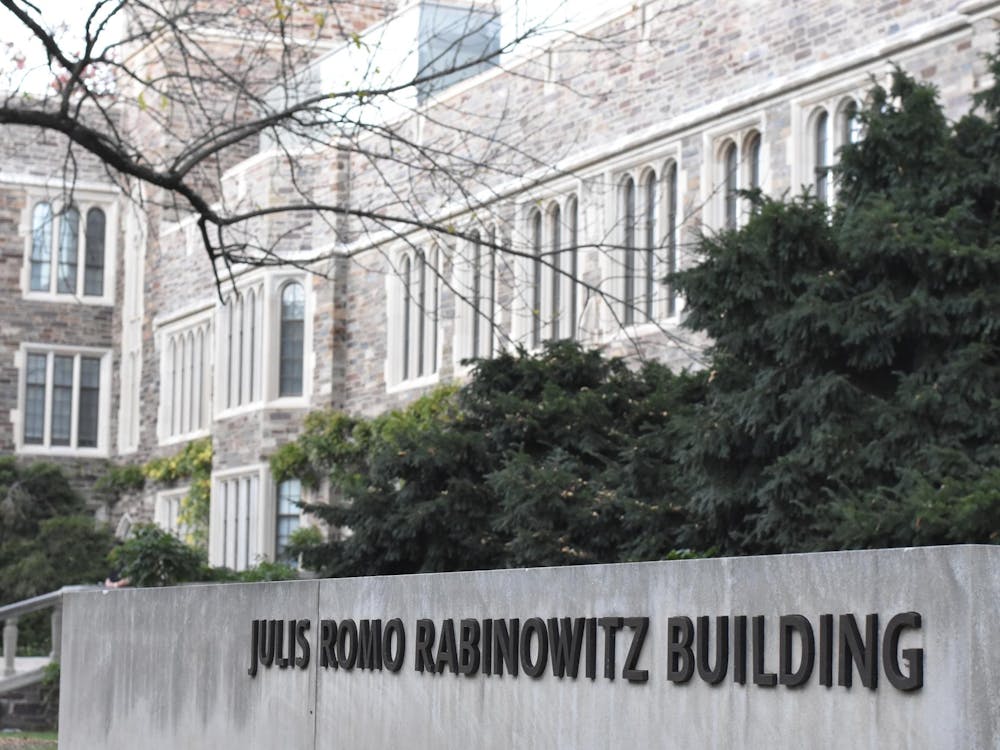Currently, students with Advanced Placement credit in a science can take one ST and one STX (science and technology without laboratory) to fulfill their ST distribution requirement. This allowance should be extended to all students. In contrast to many ST courses, STX courses, such as CHM 333: Oil to Ozone: Chemistry of the Environment, are often interdisciplinary and require students to approach science with an eye toward its implications on society. Students would arguably benefit more from courses such as these than traditional introductory science courses that carry the ST designation. Moreover, only requiring one ST course will give students sufficient exposure to a laboratory environment.
Certain science courses at Princeton allow students to take them with or without a laboratory component. For example, CEE 102: Engineering in the Modern World is split into two sections, A and B; the latter requires a three-hour lab session each week and fulfills an ST requirement, while the former does not require lab and fulfills a historical analysis requirement. In the section where lab is not required, CEE 102A requires a precept to supplement lectures.
Other universities, including Yale and Columbia, have academic systems with similar provisions, and we believe that Princeton should consider a more widespread implementation of this system in its own courses. If lab sessions were to become optional instead of required, students from all departments would be more likely to enroll in science courses. A student’s choice of whether to attend lab in such lab-optional courses could be represented on his or her transcript by the A or B section clarification, as is the case with CEE 102. Ideally, the version of the course without lab would carry the STX designation so that students could still make progress toward completing their ST requirement.
These two proposals, if implemented, would give students greater flexibility to pursue their scientific interests without compromising the University’s goal of providing its students a rigorous liberal arts education.







